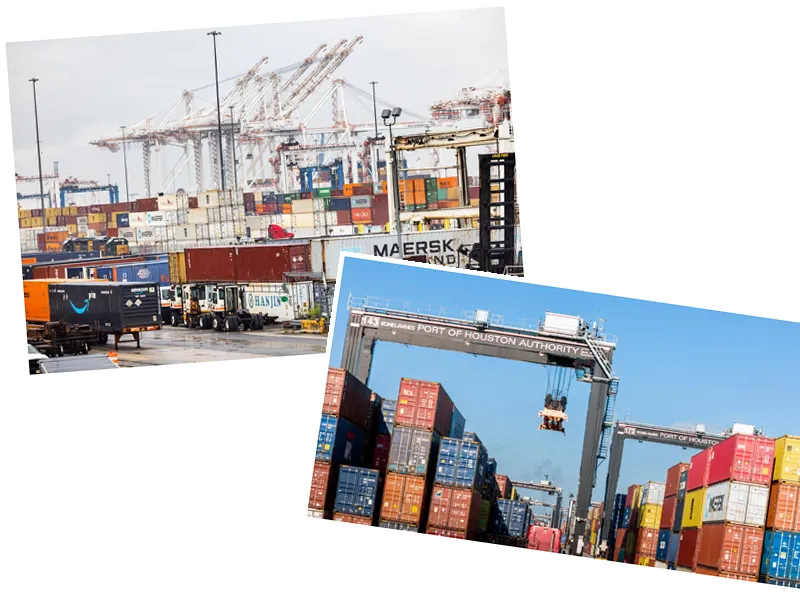In a significant development for the shipping industry, global shipping companies reported a remarkable surge in profits during the second quarter of 2024, nearly doubling to over $10 billion. This increase comes amidst growing pressure to reduce carbon emissions and a shifting landscape towards cleaner energy alternatives. According to a report by Bloomberg, the industry is navigating complex challenges, including rising costs associated with implementing alternative fuels in shipping operations.
Norwegian company Hugio Autoliners has taken a proactive step by launching the largest and most environmentally friendly car transport ship to date. This vessel is part of a broader initiative to construct 12 new ships at a total investment of $1.2 billion, in collaboration with Industry China Mercantile Heavy. The ships will utilize advanced technologies, including liquefied natural gas, biofuels, and low-sulfur oils, to significantly reduce emissions. Furthermore, Hugio plans to transition to ammonia as fuel by 2027, although the high costs and limited availability of this fuel pose challenges.
Despite the positive strides in adopting cleaner technologies, the shipping industry faces ongoing obstacles. The increasing costs of equipping ships with clean fuel options could raise construction expenses by 5% to 10%. However, Hugio is optimistic about passing these costs onto customers, projecting minimal increases, not exceeding 1% of car prices. As regulatory pressures mount, demand for environmentally friendly shipping solutions is expected to rise, reflecting a growing awareness among customers regarding emissions in the supply chain.
Additionally, trade tensions between major economies—China, the United States, and Europe—continue to create uncertainty for the shipping sector. These tensions stem from economic and political competition, complicating equipment exports and overall industry stability. With the shipping industry contributing 3% of global emissions, significant reductions are necessary to meet ambitious targets: a 20% reduction by 2030, 70% by 2040, and achieving net-zero emissions by 2050.
The shipping industry remains a cornerstone of the global economy, demonstrating resilience despite environmental and regulatory challenges. The recent profit surge highlights the industry's ability to adapt and innovate while striving for sustainability. As companies balance costs, innovation, and emissions reduction, significant investments in clean energy technologies will be crucial for achieving environmental goals without sacrificing economic performance.
- The shipping industry is under increasing scrutiny as environmental concerns become more pronounced. The International Maritime Organization (IMO) has set ambitious targets for reducing greenhouse gas emissions from shipping, which has prompted companies to explore various alternative fuels and technologies.
- Hugio's commitment to sustainability is evident in its strategic investments and plans for future fuel sources. The shift towards ammonia as a fuel option is part of a broader trend in the industry, where companies are actively seeking sustainable solutions to meet regulatory requirements and consumer expectations.
- Moreover, the impact of trade tensions cannot be understated. As geopolitical dynamics shift, companies in the shipping sector must navigate a complex landscape that affects their operations and profitability. The interplay between economic policies and environmental regulations will shape the future of global shipping.






